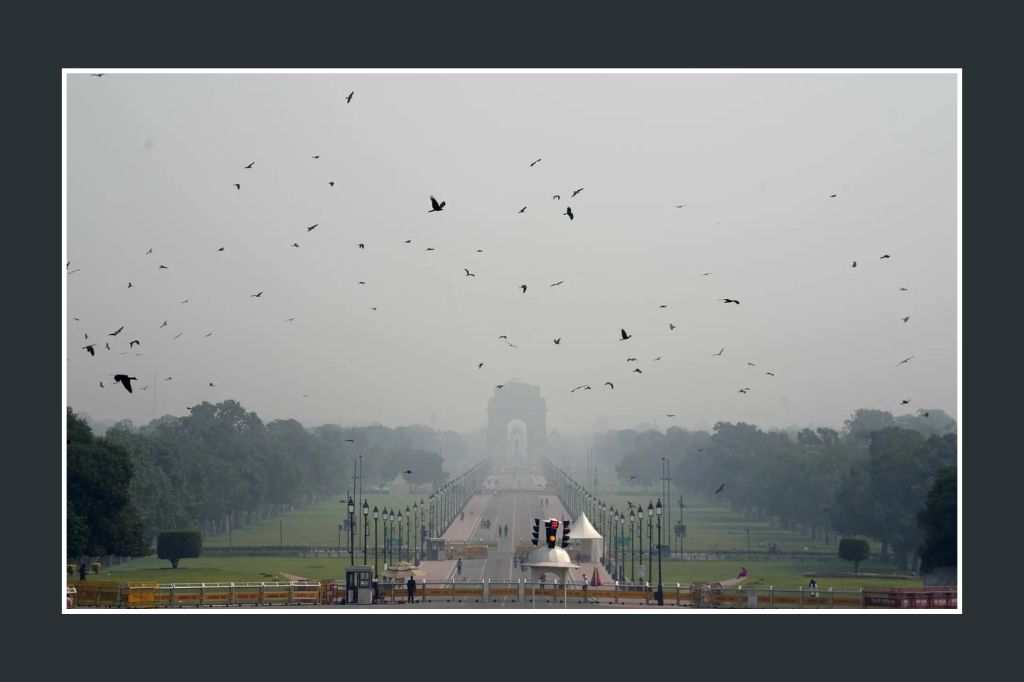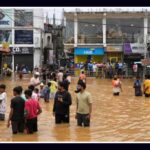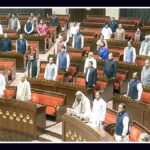Delhi woke up to “very poor” air quality the morning after Diwali, with the Air Quality Index (AQI) touching 347 at 7 a.m., according to data from the System of Air Quality and Weather Forecasting and Research (SAFAR). This marks a deterioration compared to last year, when the post-Diwali AQI stood at 296 at the same hour. The spike in pollution levels followed a night of widespread firecracker use across the city.
This year, the Supreme Court permitted the sale and use of green crackers during Diwali, aiming to balance the interests of the firecracker industry with concerns over public health. However, despite these measures, the overall air quality saw little improvement, remaining similar to the levels recorded on Diwali evening itself.
According to the Central Pollution Control Board (CPCB), Delhi’s 24-hour average AQI on Monday was 345, placing it firmly in the “very poor” category. Data from 38 out of 39 monitoring stations confirmed this trend. The CPCB has cautioned that prolonged exposure to air of such poor quality can lead to respiratory illnesses and aggravate existing health conditions.







